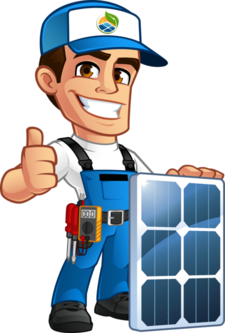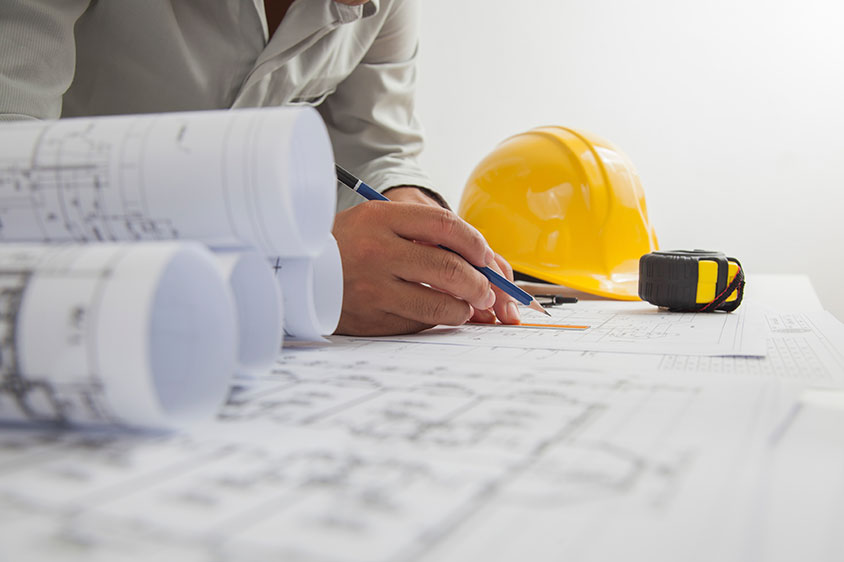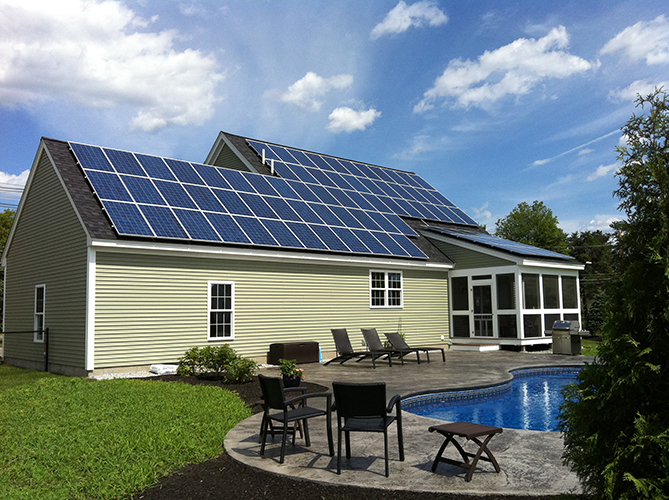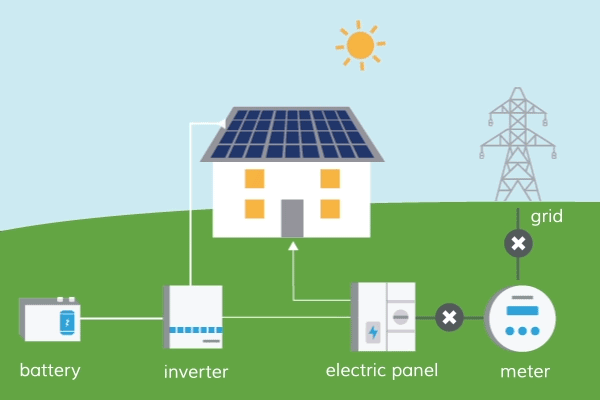Solar installation
The actual installation will usually take between one and five days to install, depending on the size of the system and the roofing materials. The process starts by making sure the roof is sound and ready for the solar panels and racking equipment to hold them in place.
We start by installing the stand offs and attaching rail to the stand offs, all the penetrations are sealed with M1 sealant and we guarantee them to be leak proof for 10 years.
When we have our racking in place we ground it , install optimizers/microinverters and last step is to install solar panels and secure them to the racking with the clamps which will provide the grounding for the solar panels.
Next step is to mount all the electrical equipment and connect it with the conduit to the solar array. Once that step is complete we pull wires and connect all the components.
We scheduled inspection with the city and submit the application to your utility company to get the permission to operate the solar system (PTO).
We will create an account for your solar system with the manufacturer of the inverter and you will be able to track your daily production online.
We constantly check up on your system to make sure it work properly and there is no issues with any components of your solar system.





